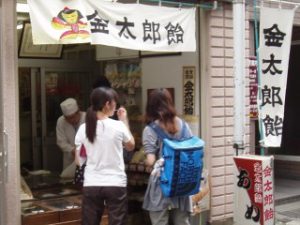Japanese Traditional Sweets: Ame-Candy
Having long history
A Japanese candy named “Ame”, is made of sugar which is extracted from plants containing starch. The sugar is dissolved into glutinous liquid by heating and then molded into a shape.
It is cooled and coagulated, thus making a solid candy. We call it “Kata-Ame” in Japanese.
Meanwhile the melted state is called “Mizu-Ame”
The origin of “Ame” is said to be extremely old. The Chronicle of Japan named “Nihonshoki” describes that “Mizu-Ame” was made in the era of Emperor Jinmu or the first Emperor in Japan around 2670 years ago.
It was tasted by only the limited persons in court society in Nara and Heian Period( AD710 to 1086). It was used as an offering to god, medicine, nourishing tonic and ultimate delicacy.
In Edo period(1603 to 1867), it became popularized among the public. It had been developed in mainly Kamigata(Kyoto and Osaka). It offers a wide variety of choices in solid form.
Ame-craftsmen performed candy making called Ame-Zaiku in front of customers and they elaborately formed a heated taffy into such colorful shapes as flowers, animals, insects and etc. with their hands and scissors. It was said to be state-of-the art technique. They walked around local cities selling their products.
As a result Ame spread over the country.
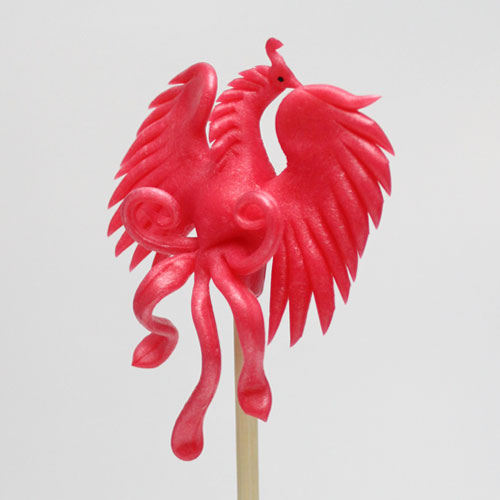
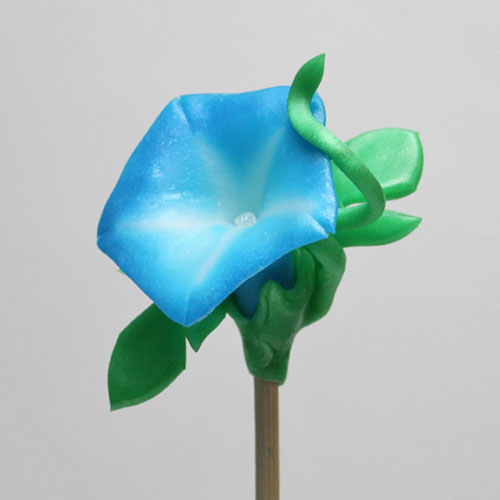
Presented by: Ame-Zaiku Yoshihara
Good cheer in my childhood
Remembering Sweets in my childhood, a sweet bun was given to me by my grandma at times. It was only sweet to me at that time. It had weird taste with saccharin-flavor. The saccharin is a synthetic sweetener introduced in U.S..
Sugar consumption was severely controlled in rationing system because of the shortage of materials in the postwar chaotic times. Ordinary people could hardly get sugar.
When I moved to Tokyo in 1950, the regulation was removed. I could receive pure candies from my grandmother, mother and relatives as a reward for my good behavior. They usually gave me Japanese traditional candies such as glutinous rice jelly wrapped in bamboo leaf (Sasa-Ame), black sugar candy(Kurosato-Ame), cinnamon flavored candy(Nikki-Ame) with nippy taste.
These were always handed over to me in white soft paper wrapping.
As for a comical candy, I remember Kintaro-Ame which was cylindrical candy made so that the face of Kintaro came out in the cross section wherever it was sliced. Kintaro is main character in Japanese folk tale. It didn’t suit my taste. People are often using the words of “Like Kintaro-Ame” in such a case that all people have same response and attitude being lack of individuality toward opinion or other people. It is a similar idiom to cookie-cutter in English.
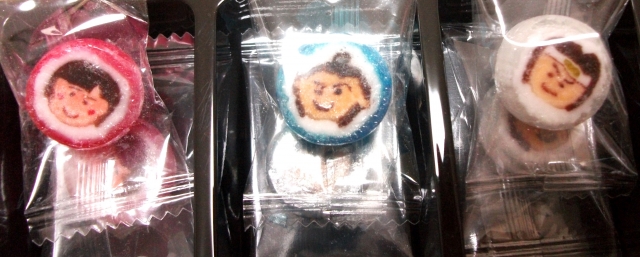
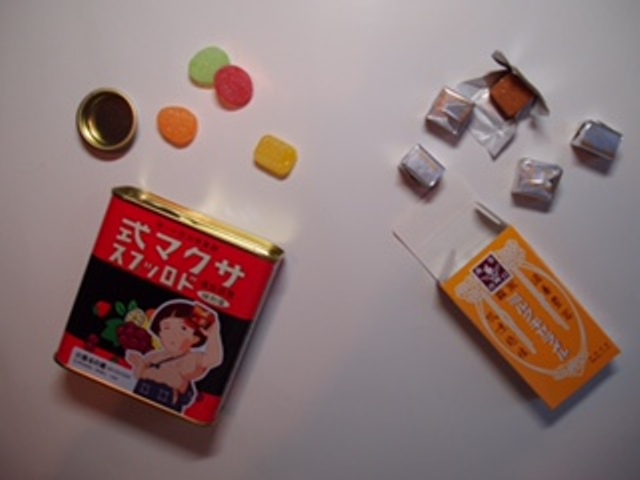
A can containing a lot of drops was a great pleasure to me to receive it because I would be able to enjoy various shaped and colored drops for longer period.
I used to confirm how many pieces were left by shaking the can whenever I throw one drop into my mouth and I still remember the nice sound. The similar scene was observed in Japanese Anime-movie being titled with the grave of fireflies. It was a sad and moving scene.
My most favorite candy was a milk-caramel linked with a reward of collecting points and receive a book of world juvenile literature.
Each candy package was along with point card. In case the points were accumulated to a certain score, a book was provided as the prize.
Related with Japanese traditional custom
A Chitose-Ame is one of candy stick and given by parents to their children wishing for the longevity at the time of the traditional ceremony of Hichi-Go-San (Seven-Five-Three). The ceremony is annually carried out on Nov. 15 to celebrate the growth and wellbeing of their children who are three-and-seven-year-old girls and three-and-five-year-old boys. It was often observed that the children bringing Chitose-Ame were in group photograph together with their parents at Shinto shrine.
The girls’ festival (or Dolls’ festival) celebrates on March 3rd every year in Japan.
The confetti named Kompeito is displayed together with dolls on tiered stand. It is a tiny colorful candy with 24 numbers of prongs.
I am remembering that Ame was always dancing in my mouth in my childhood.
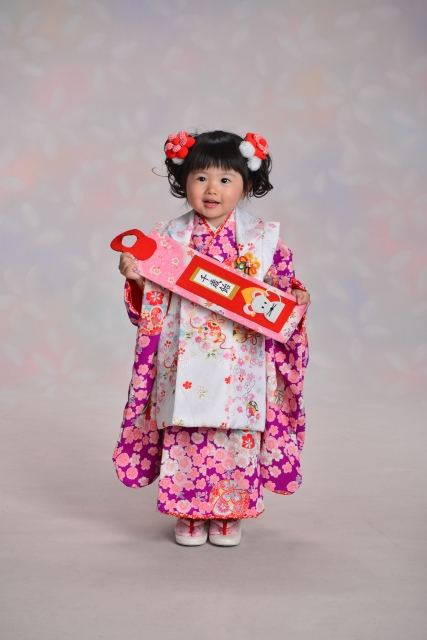
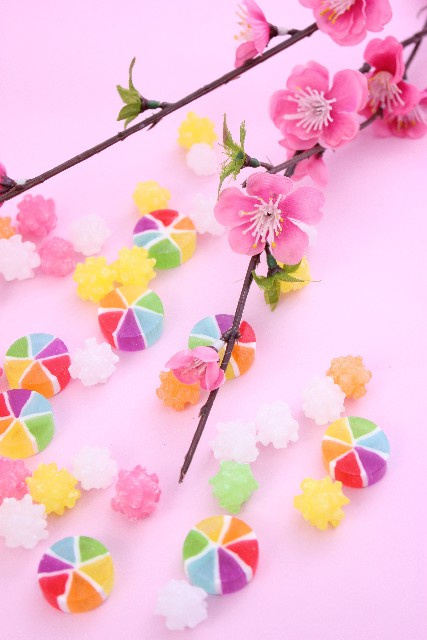
After having come of age I had little opportunity to taste candy. However I took it to soothe a sore throat when I caught a cold. I bought Kuro-Ame( black sugar candy), Hachimitsu-Ame(honey flavored candy), Tankiri-Ame (candy that aids expectoration), and other candies such as Yuzu-Ame containing citron, Karin-Ame containing amboyna, Anzu-Ame containing apricot and Hakka-Ame containing Japanese mint.
Trendy treats
I have recently read various articles about Japanese candy on the internet. My eyes fell on catchwords like “Candy Box Subscription” and “Candy Toy”. It is a strategy of sellers to periodically sell an assorted candy box to foreign clients. The packings are covered with playful and colorful animated characters. It is said that the candies offer a unique and unexpected flavor to foreigners. Japanese candy is becoming familiar to overseas market. Those are being sold in candy specialty shops in Japan. Some of the candies are also sold in convenience stores.
Nostalgic Treats
In the meanwhile Japanese traditional candies are wrapped with sober colored paper and they offer simple and gentle tastes, flavored with seasonal fruits and other natural ingredients. Here become very few shops who are dealing with these traditional candies.
There is a tiny shop named “Gotoh-No-Ame” near the stairway called “Yuyake-Dan-Dan” on which we could once view beautiful sunset glow. They have been producing and selling the Japanese traditional candies for about 100 years. The shop is located just midway on my strolling course.
I occasionally buy Karin-Ame flavored with amboyna, Yuzu-Ame flavored with citron and Nikki-Ame flavored with cinnamon.
Karin-Ame and Yuzu-Ame offer me a refined sweetness and Nikki-Ame serves tangy taste.
Ame with playful name is called Hana-Su-Su meaning that a stuffed nose gets through with spearmint flavor. I regret that this candy is now out of production.
Once sucking the old and unchangeable tasted Ame in my mouth, it would stimulate my taste bud and thereby remind me of good old days. It serves me like a magic wand.
Ame sellers and producers in “YA-NE-SEN”.
1. Gotoh-No-Ame
Address: 3-15-1 Nishi-Nippori Arakawa-Ward (Yanaka Ginza)
Tel: 03-3821-0880
Operation: AM10:30-19:00
Holiday: Wednesday
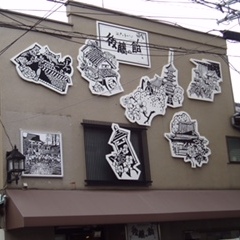
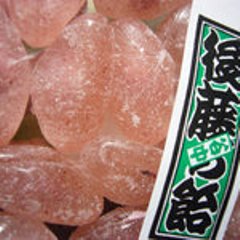
2. Ame-Zaiku Yoshihara
Amezaiku Yoshihara(Super-Lollipop craftd candy of Japan.)
Address: 1F, Tomoe-Bldg, 1-23-5, Sendagi, Bunkyo-Ward
Tel:03-6323-3319
Operation:12:00-19:00
Holiday:Thuesday & National Holiday
Fax. 03-6323-3319
Mail Address: mail@ame-yoshihara.com
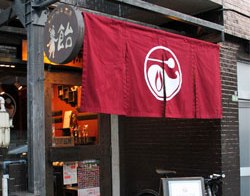
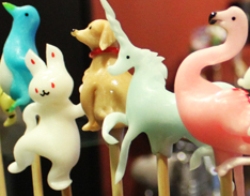
Address: 1-22-12, Nezu, Bunkyo-Ward(Near to Torii-Gate of Nezu-Shrine)
Tel: 03-5685-3280
Operation: AM10:00-17:00
Holiday: Monday
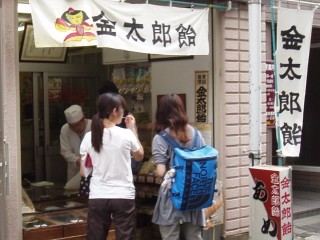
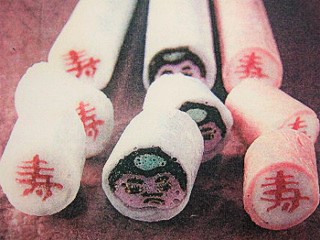
1.Gotoh-No-Ame

2.Ame-Zaiku Yoshihara

3.Koishikawa-Kintaro-Ame
